Prepare for wild weather and don’t bother the sheep: What to know about visiting the Faroe Islands
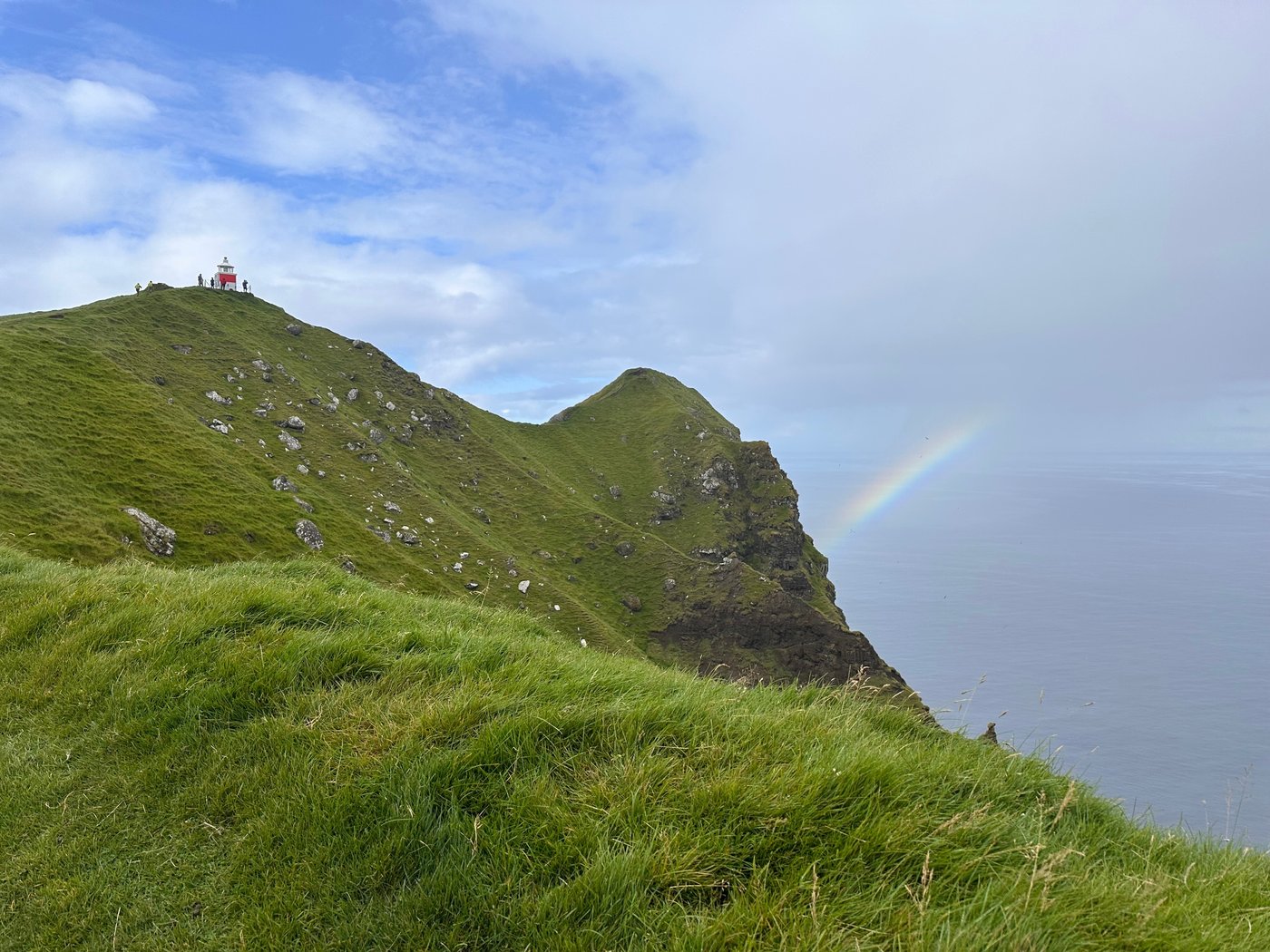
KALSOY ISLAND, Faroe Islands (AP) — While once the Faroe Islands might have slipped under the radar, more tourists than ever are arriving on the remote archipelago in the north Atlantic.
According to Statistics Faroe Islands, a record 94,954 check-ins occurred last year at hotels, hostels and guesthouses.
That’s relatively small for a European destination, but authorities are already thinking about how to protect the windswept 18 islands from the tourism pressure that has led to backlash elsewhere.
Like Greenland, the Faroes are a self-governing territory of Denmark. So far, U.S. President Donald Trump has expressed no public interest in taking control of them.
Here’s what to know about visiting.
The weather above all
Be ready for anything, especially when hiking. At some point, it will rain. Strong winds can pick up quickly, and fog can be disorienting.
The Landsverk local authority has weather cams on its site, and so does FaroeIslandsLive. The official Visit Faroe Islands site has detailed advice on safe travel, as locals are aware that people can slip off trails into the sea – and sometimes do.
“I will take photos to die for, without dying for them,” says a tourist-focused flier called “The Faroese Pledge” on the library door in the village of Fuglafjordur.
Trails marked as suitable for children may not be. Keep in mind that hiking times and difficulty levels have been estimated by locals. A few of the most heavily traveled routes ask for a fee. The popular hike to the Kallur lighthouse on Kalsoy Island is about $30. Do not miss it.
Undersea tunnels, upper-tier fees
It’s best to explore with a rental car for more flexibility. Public buses are available to many locations, but timetables are limited. They are available at the Strandfaraskip site. Multi-day travel passes can be purchased at the airport’s visitor center.
The Faroe Islands now have four undersea tunnels linking a few of the most visited islands, but prepare to pay. Fees range from over $15 for a round trip to over $27 one way. Plan day trips accordingly. Fees are paid to the rental car company at the end of a visit.
On land, some of the older tunnels are single lanes with designated passing areas. Some of the scenic “buttercup” routes are single lanes as well. Guardrails are not always present.
On one stretch of road leaving the community of Tjornuvik, a signal has been installed to limit traffic to one direction at a time along the well-battered guardrail above the sea. Tourists don’t know how to reverse, residents said.
Mind the sheep, and other details
The need for cash is almost nonexistent. The AP used it once, for a coin-operated shower in one of the public restrooms often found at camping locations or tourist-frequented villages. Pay with cards and phones.
Food is expensive, as most of it is imported.
English is widely enough spoken and displayed.
Drone use is restricted. The Visit Faroe Islands site has details.
Don’t bother the sheep. Call the police if you hit one.
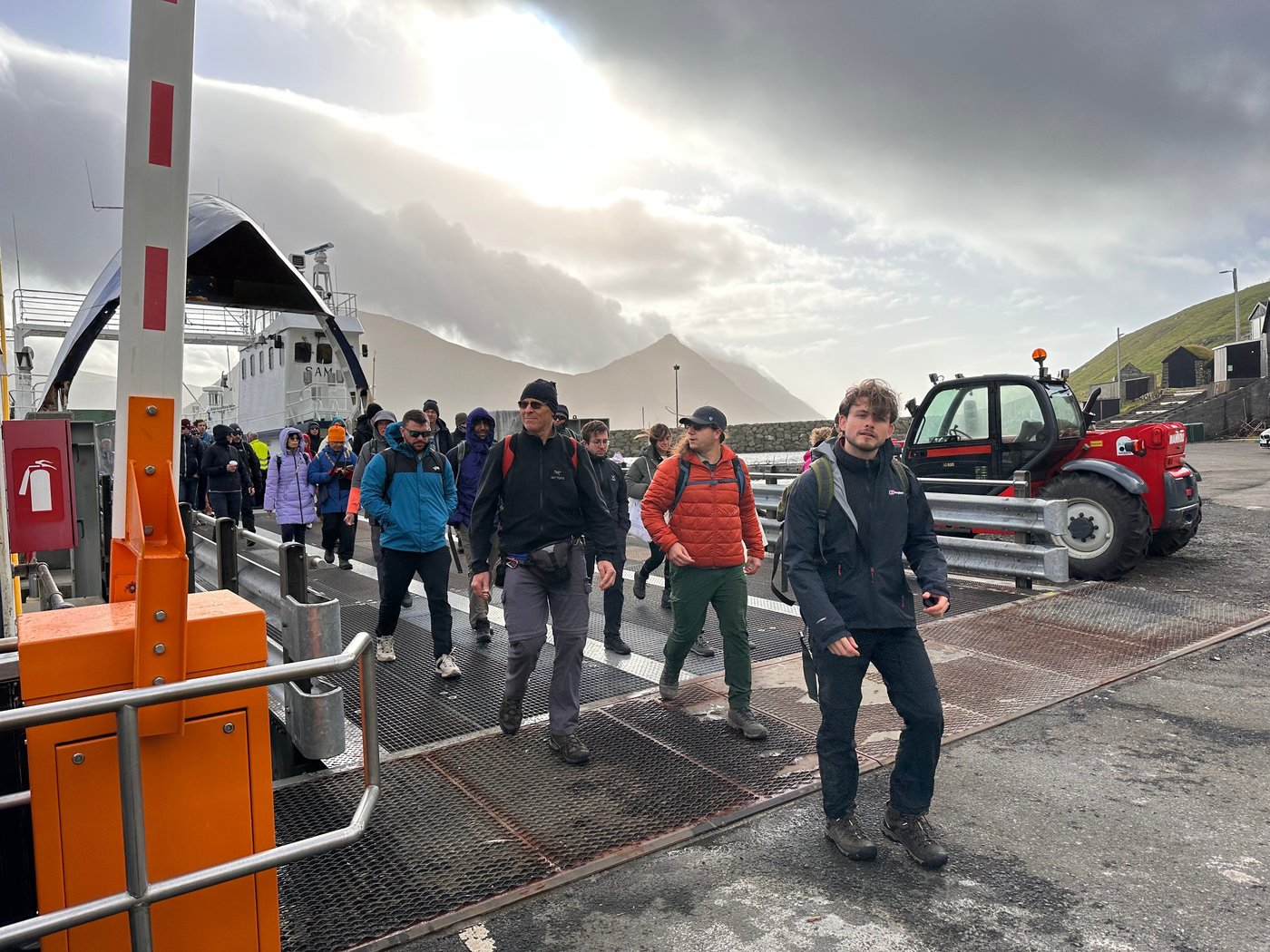
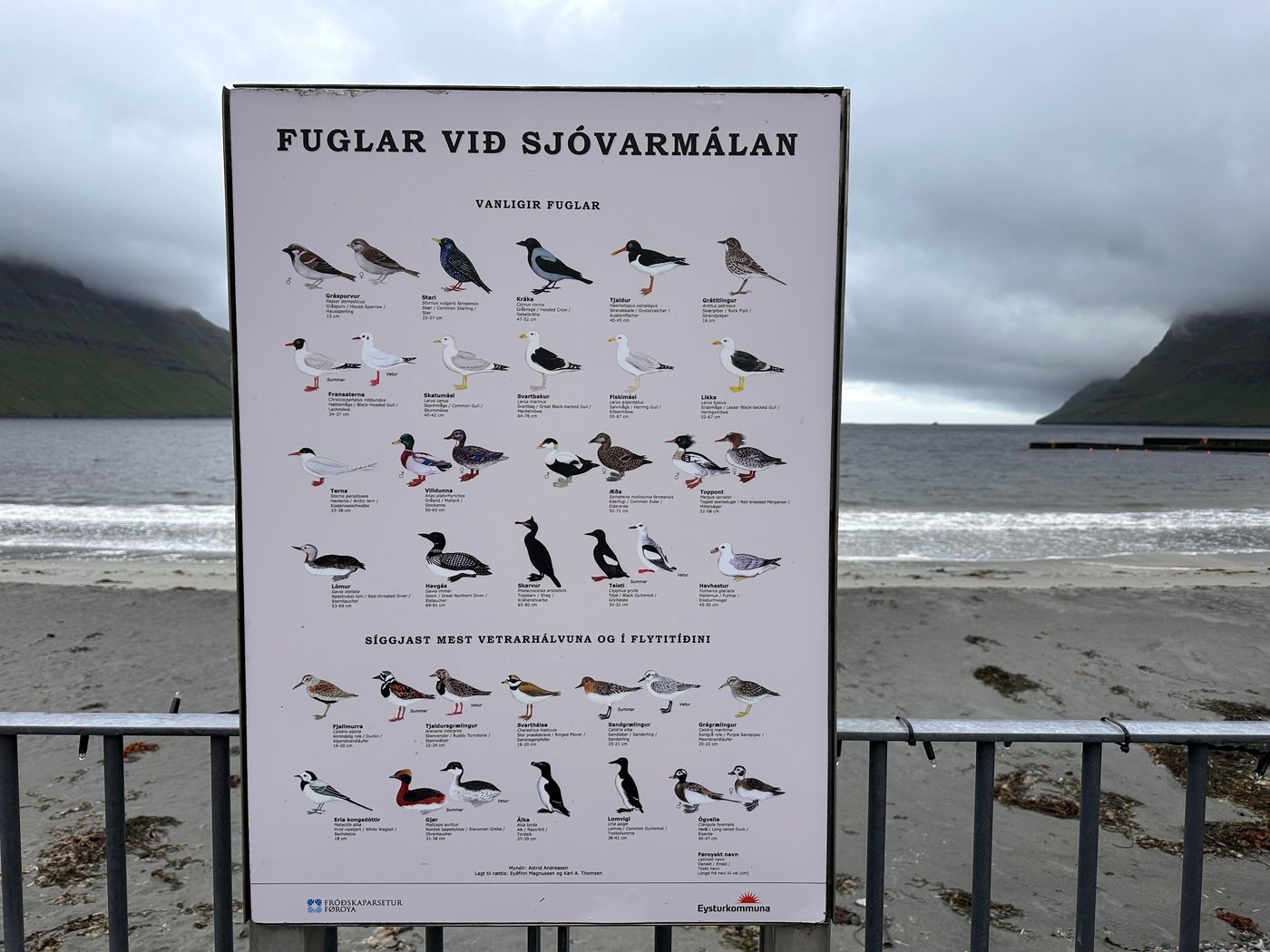
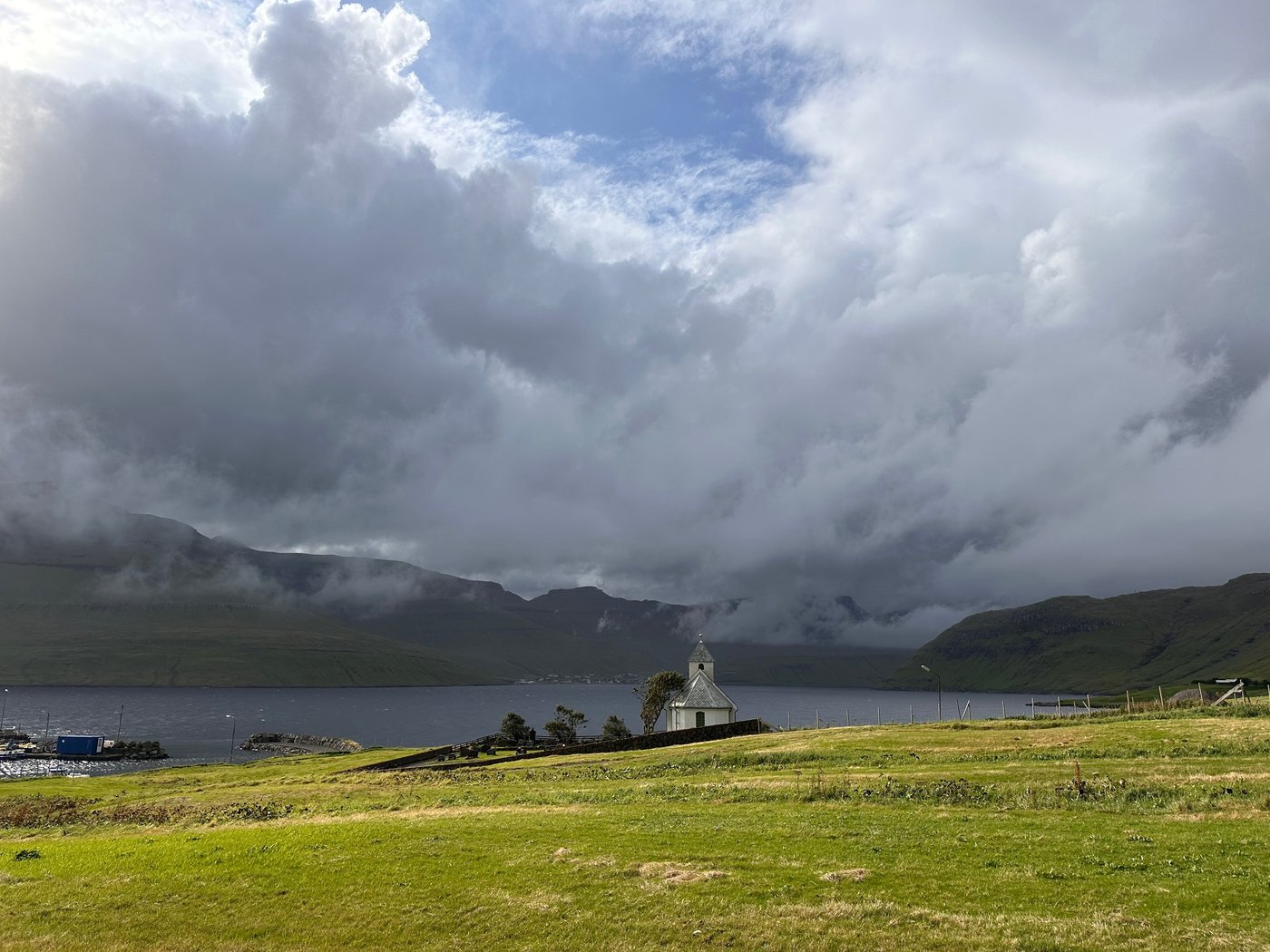
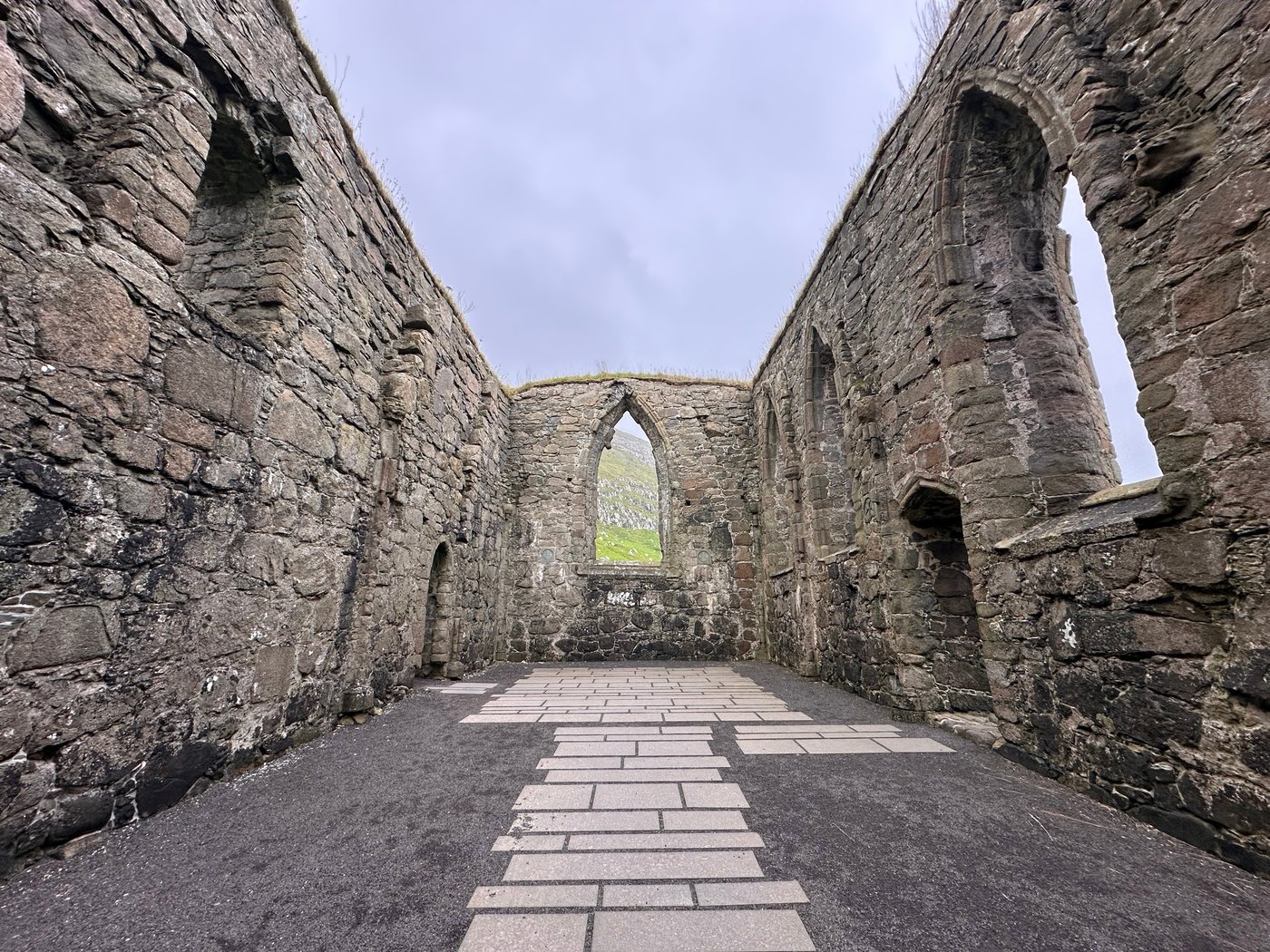
Join the Conversation!
Want to share your thoughts, add context, or connect with others in your community?
You must be logged in to post a comment.


















